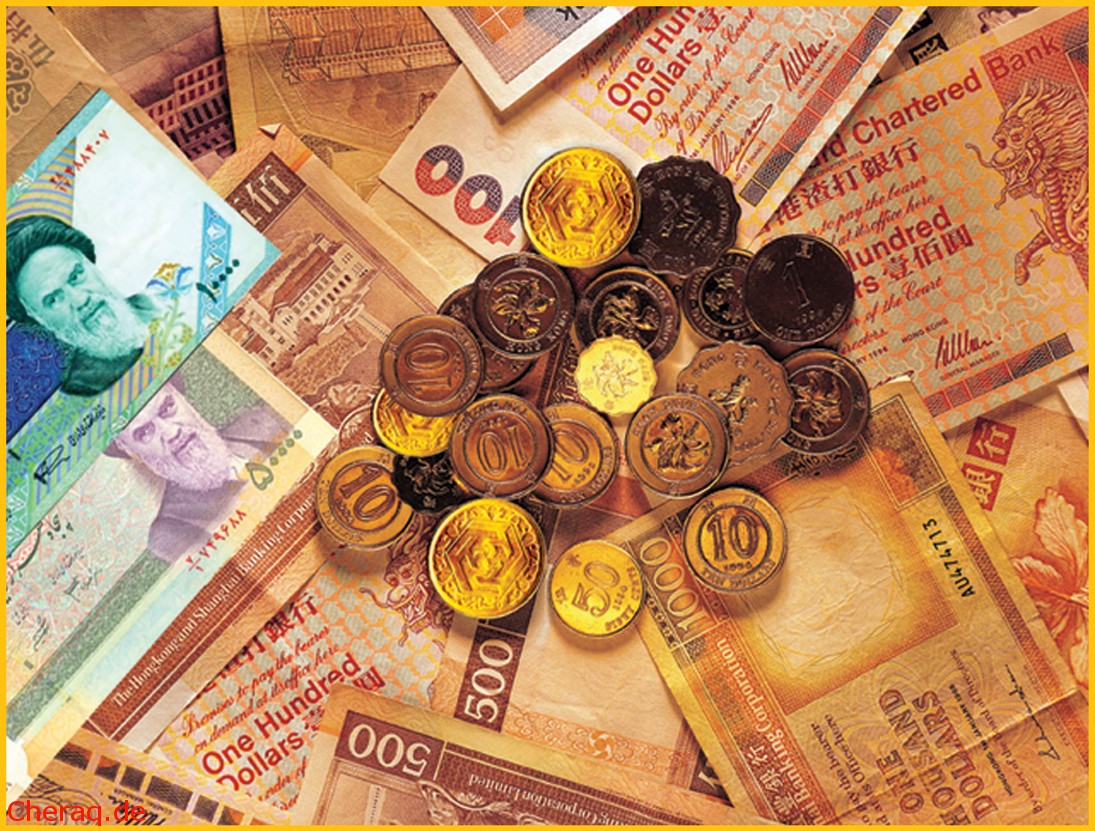The rial on the first working day of the week (Saturday) lost slightly more than 1% of its value against the US dollar, as the latest round of nuclear talks between Iran and the P5+1 group came to a inconclusive end on Friday.
The US dollar was traded at 32,360 rials (street value) at 0500 PM Tehran's time on Saturday, up from 32,020 on Thursday.
The fall in rial's value against the dollar and several foreign currencies came after Abbas Araqchi, deputy foreign minister and a senior nuclear negotiator, said on Friday that the talks on a final nuclear deal reached a "breathtaking" stage.
Tehran and the five permanent members of the UN Security Council resumed a new round of talks in New York on Sep. 19 to resolve a decade-long dispute over Iran's nuclear energy program, which ended on Sep. 26 without reaching specific results. The two sides have already set a Nov. 24 deadline to hammer out a settlement to the issue.
Iran reached an interim deal last November with the group to limit parts of its nuclear program in exchange for the other side easing economic sanctions against Tehran.
Gold Rises
Gold prices also rose in Tehran on Saturday.
The full coin was sold at 9,350,000 rials on Saturday 0430 PM local time, up from 9,210,000 rials on Thursday, indicating a total increase of 140,000 rials.
The Emami gold coin price also experienced a nearly similar increase, reaching 9,355,000 rials on Saturday from 9,220,000 rials on Thursday, increasing by 135,000 rials. A half gold coin reached 4,715,000 rials from a previous 4,645,000 rials, increasing by 70,000 rials. The quarter gold coin was also sold at 2,680,000 rials, 40,000 rials up from 2,640,000 on Thursday. One gram of gold was sold at 954,820 rials on Saturday, up from 943,290 on Thursday.
The upward trend in domestic gold prices seems to be led by a continuous increase in global prices. Last week, Bahar Azadi gold coin price in Tehran had fallen by nearly two percent, following the global decline in gold prices. The decline was attributed by experts to the Scottish referendum, which had raised uncertainty among sellers, as they believed the independence of the region might lead to depreciation in dollar index and thus increase the global prices of gold. The declining trend has now been reversed.
Global Gold Prices
The price of gold fell on Friday after the release of data on US economic growth.
Analysts say the dollar's strength could see the precious metal fall below the key $1,200-an-ounce level. However, bullion might also derive support from rising physical demand in Asia.
On the COMEX, Gold futures for December delivery were down $4.7 per ounce to $1,217.2 as of 13:51 GMT. They touched $1,206.6 yesterday, their weakest since January 2. Whether the futures finish the week up or down largely depends on today’s close. Bullion fell for each of the previous three weeks.
The Bureau of Economic Analysis released its final reading of US Gross Domestic Product (GDP) for Q2 at 13:30 GMT. According to the release: “Real GDP increased 4.6 percent in the second quarter, after decreasing 2.1 percent in the first. This upturn in the percent change in real GDP primarily reflected upturns in exports and in private inventory investment, accelerations in nonresidential fixed investment and in PCE [personal consumption expenditures]. Upturns in state and local government spending and in residential fixed investment that were partly offset by an acceleration in imports.”
The GDP figure came in higher than IG’s projection of a 4.2-percent year-on-year expansion.
Ronald Leung, chief dealer at Lee Cheong Gold Dealers in Hong Kong told Reuters that gold may still fall below $1,200, a key psychological level, which could potentially trigger further selling. "The stronger dollar has dampened interest for gold."
Lower Gold Prices for Next Week
A majority of participants on Friday forecast lower global gold prices next week in the Kitco News Gold Survey as dollar strength and bearish technical-chart formations weigh on the metal.
Out of 37 participants, 20 responded this week. Of those, four see higher prices, 12 see lower prices and four see prices trading sideways or neutral. Market participants include bullion dealers, investment banks, futures traders and technical-chart analysts.
Last week, survey participants were bearish. As of 11:30 a.m. EDT, Comex December gold was down about 50 cents for the week.
Those who see weaker prices said there’s little incentive to buy gold in the short-term, with a test of $1,200 an ounce possible.
“It’s got a bit of a negative profile here,” said Charlie Nedoss, senior market strategist at LaSalle Futures Group. “The dollar is weighing on it. It’s still under the 10-day (moving average), which is about $1,224.80 (basis the December futures). It’s ridden that all the way down. I can’t really start to get excited until it can get over that. And the 20-day is at $1240.21.”
Mark Leibovit, editor, VR Gold Letter, said gold has a few things in its favor.
“The market is extremely oversold and I'm recommending continued 'dollar-cost' averaging of positions in both gold and silver. Seasonality is still theoretically positive into February and the sector is probably the most hated investment group, which I like. That said, we have not yet seen strong upside volume to confirm a bottom,” Leibovit said.
A few survey participants who see gold in a sideways trend said after recent losses the market may be trying to consolidate before deciding on its next path.
“Technicals (are) overall bearish, but market is overdone on the downside,” said Jim Wyckoff, Kitco’s technical analyst.


